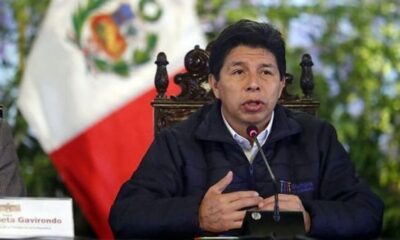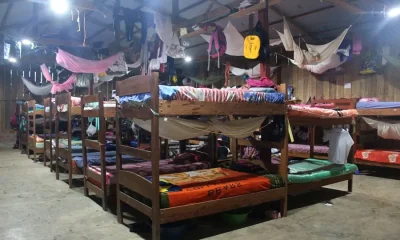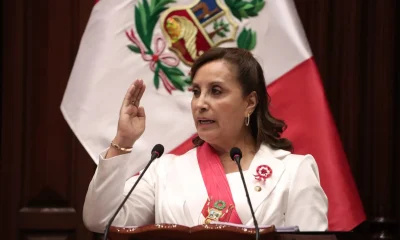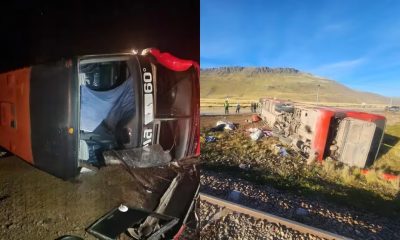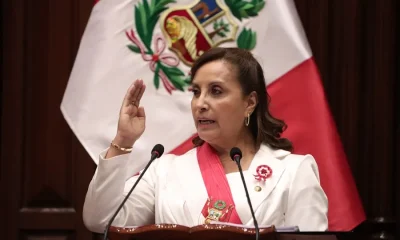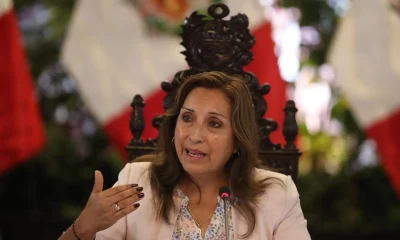International
Drought in Peru Andes proves fatal for alpacas, potato crops
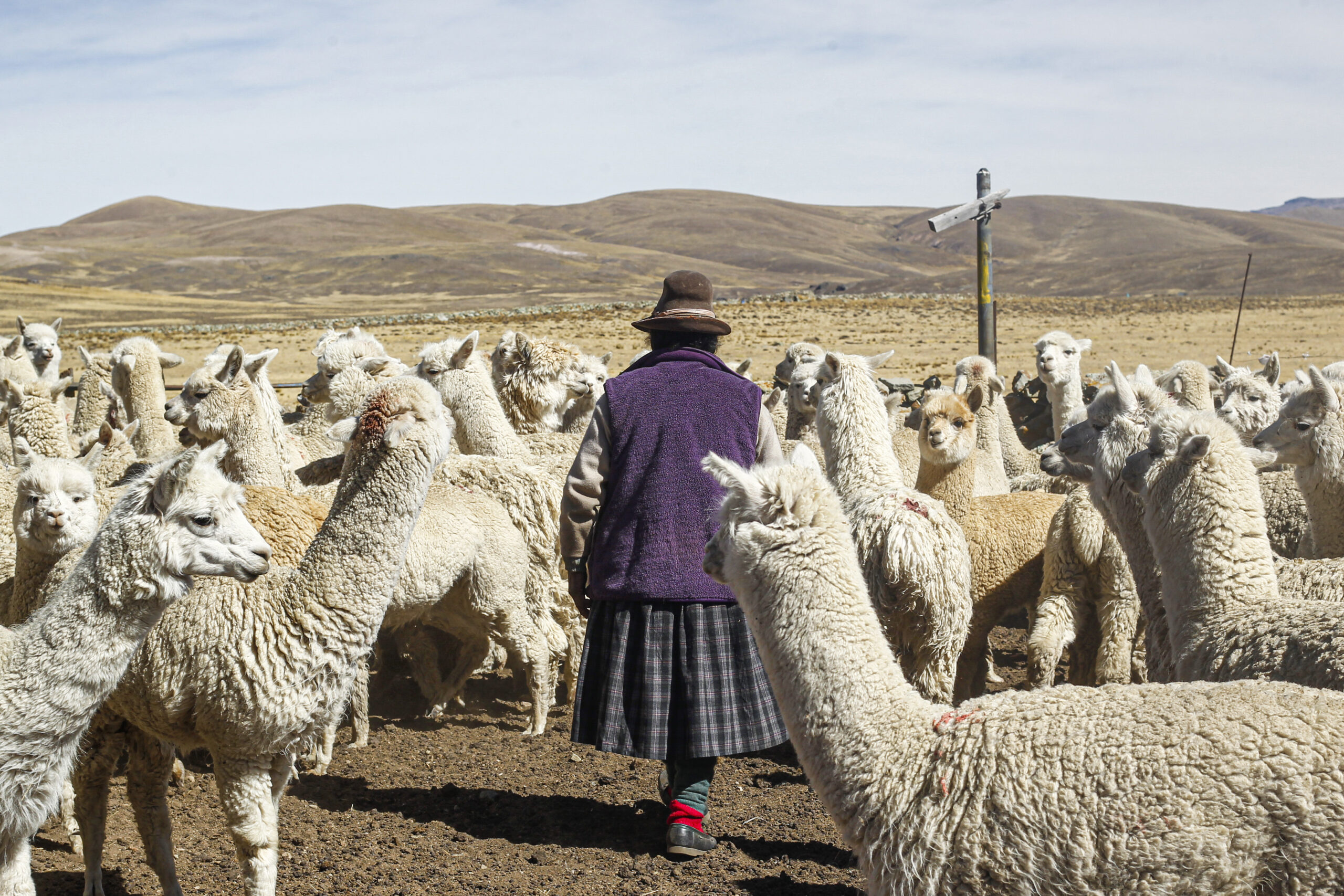
| By AFP | Juan Carlos Cisneros, with Ernesto Tovar in Lima |
A drought in the Peruvian Andes has ravaged alpaca flocks and withered potato crops, forcing the government to declare a state of emergency on Saturday for 60 days in more than 100 districts.
Hardest hit are rural communities in the Arequipa and Puno departments in Peru’s southern region, where the government decreed a state of emergency “due to imminent danger from water shortage.”
The national weather service, Senamhi, described the drought as one of the worst in the past half century, exacerbated by the offshore La Nina weather phenomenon in the central Pacific Ocean.
“November 2022 was one of the driest (months) in the last 58 years in various weather stations in the Andean region,” Senamhi reported.
Andean hamlets for Quechua- and Aymara-speaking indigenous groups have faced critical losses of crops and livestock herds.
“For lack of forage and water, the alpacas are dying. My alpacas have died,” Isabel Bellido, an alpaca farmer, told AFP from her mountain home in Lagunillas near Puno, a regional capital at 4,200 meters (12,550 feet) in elevation some 850 kilometers (530 miles) southeast of Lima.
Carlos Pacheco, a veterinarian and expert in llamas and alpacas, said a worst-case scenario would be for the drought to endure.
“The animals are already underweight, and there is no pasture,” he said.
At high altitude in the Andes, temperatures can drop to minus 20 degrees Celsius (minus four degrees Fahrenheit), and cause mass deaths of sheep and alpacas, vital to the subsistence of dwellers in mountain hamlets.
Divine supplication
In the winter of 2015, an estimated 170,000 alpacas died from extreme cold and drought in Peru.
Local press reports say hundreds of alpaca crias, or babies, and lambs have already died this year.
Shallow lakes have dried up, leaving only scattered puddles, as in the case of the Parihuanas Lagoon near Lagunillas.
In the neighboring Santa Lucia district, the Collpacocha Lagoon has completely disappeared, leaving only a cracked mud lake bed.
Near Lake Titicaca, the highest navigable inland sea in the world at 3,812 meters in elevation, the inhabitants of the Aymara-speaking village of Ichu appeal to a higher authority to end the drought.
They have taken out the venerated Catholic figure of Our Lady of the Cloud in a procession through the fields to plead for the first time in years for holy intervention to bring rain.
“We’ve planted our crops in the customary way but the potatoes aren’t sprouting because of the intense heat. It is worrisome,” said Daniel Ccama, a community leader in Ichu.
“Let the rains come Father Jesus. Don’t punish us father,” the procession participants chanted in their native Aymara.
International
U.S. sanctions cuban president Díaz-Canel over regime crackdown on protesters
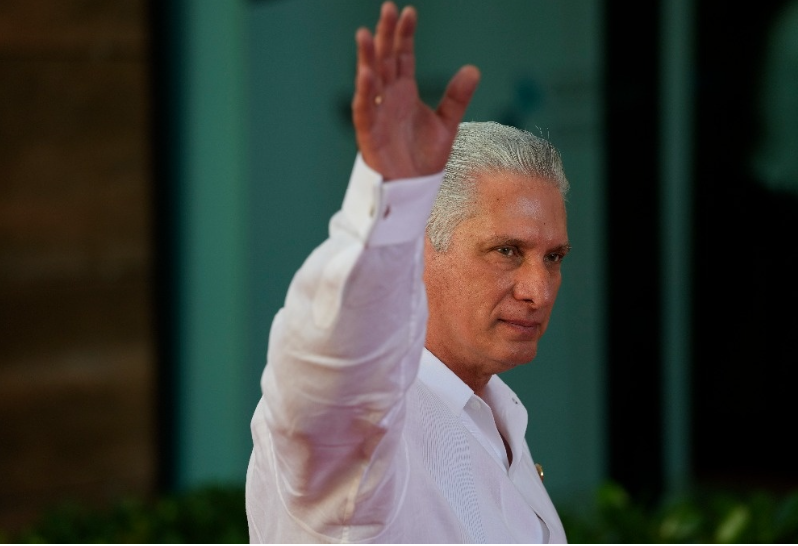
The United States announced on Friday, for the first time, sanctions against Cuban President Miguel Díaz-Canel, citing his role in the regime’s crackdown on the Cuban people as the country marks four years since the historic anti-government protests of July 2021.
The U.S. State Department imposed visa restrictions on Díaz-Canel and other key figures in the Cuban government, including Defense Minister Álvaro López Miera and Interior Minister Lázaro Alberto Álvarez Casas, according to Senator Marco Rubio, who shared the update on social media platform X.
“The United States is capable of imposing migration sanctions on revolutionary leaders and maintaining a prolonged and ruthless economic war against Cuba, but it will not break the will of our people or its leaders,” responded Cuban Foreign Minister Bruno Rodríguez.
In addition, the State Department added “Torre K”, a newly inaugurated 42-story hotel in central Havana, to its list of restricted entities in an effort to prevent U.S. dollars from funding repression by the Cuban regime.
The hotel has sparked criticism for representing a massive state investment in luxury infrastructure despite Cuba’s declining tourism sector and worsening shortages of food, medicine, water, and electricity.
“While the Cuban people suffer from shortages of food, water, medicine, and electricity, the regime squanders money,” wrote Rubio.
In another post, Rubio also accused the Cuban government of torturing dissident José Daniel Ferrer and demanded immediate proof of life.
Ferrer, leader of the Patriotic Union of Cuba (Unpacu), was among the 553 prisoners released in January as part of an agreement between Cuba and the Vatican, following a decision by former U.S. President Joe Biden to temporarily remove Cuba from the State Sponsors of Terrorism list.
However, Ferrer’s conditional release was revoked in late April, prompting strong protests from Washington. The island has since been returned to the terrorism list after Republican President Donald Trump’s return to power in January.
International
Two missing after torrential rains cause flooding in Catalonia

Two people are missing in Catalonia, northeastern Spain, after torrential rains hit the region on Saturday night, causing flooding and disrupting rail traffic for several hours.
“We are working on the search for two people in Cubelles,” announced the Catalan Fire Department in a message posted on social media platform X. Cubelles is a town of about 17,000 residents located 50 kilometers from Barcelona.
Emergency crews remain active in the affected area, where the heavy rains overwhelmed local infrastructure and forced temporary closures of several transport routes.
International
Trump administration begins downsizing ‘bloated’ state department workforce
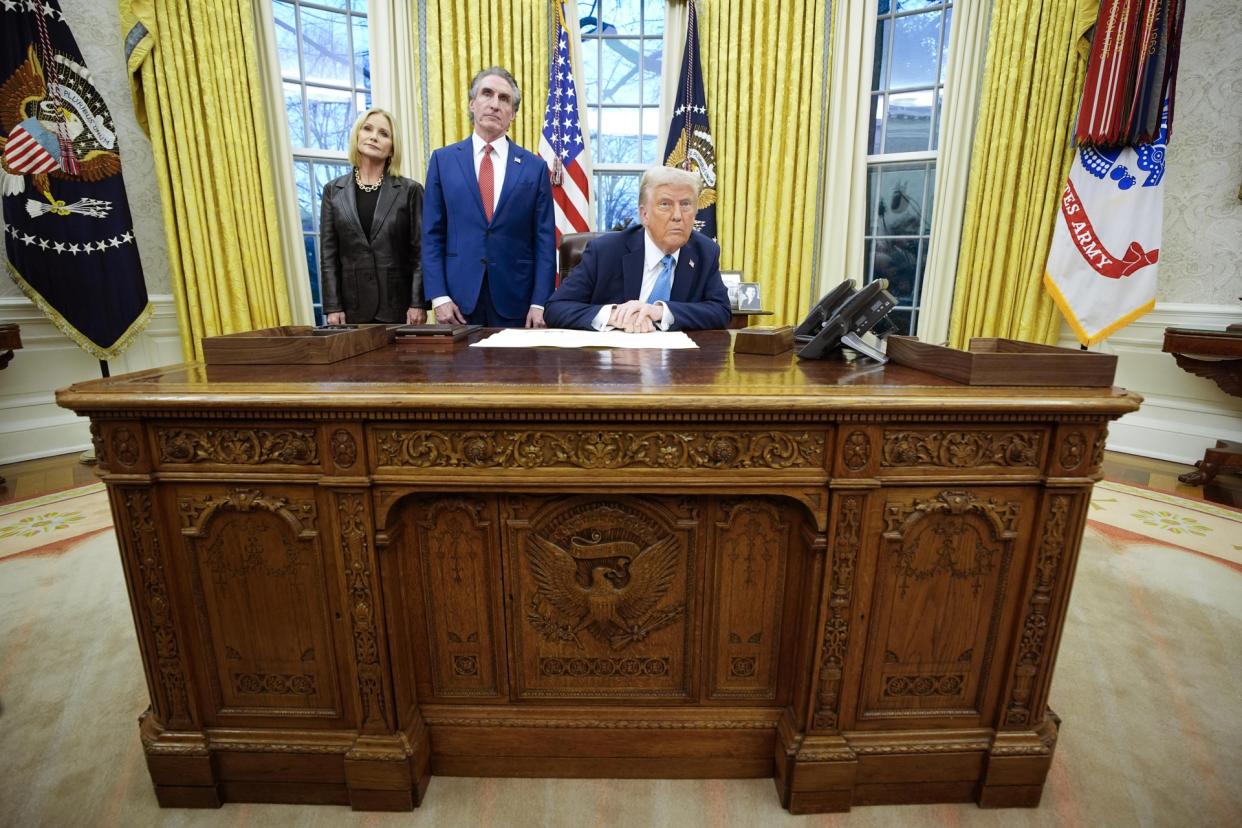
The U.S. Department of State issued layoff notices on Friday to more than 1,300 employees both domestically and abroad, marking the start of a workforce reduction aimed at trimming what officials have called a “bloated” staff. The move is part of President Donald Trump’s broader effort to restructure the federal government.
According to local media reports, more than 1,100 Civil Service employees and around 250 Foreign Service officers received notifications via email. Those affected will be placed on administrative leave for periods ranging from 90 to 120 days from the date of their dismissal notice.
The job cuts are part of a plan to centralize and streamline the agency’s operations without disrupting its overall functioning. The restructuring was designed by Secretary of State Marco Rubio, who had previously informed Congress in May of his intention to reduce the department’s workforce by 15%. The State Department currently employs about 18,000 people.
According to the top U.S. diplomat, the goal is to optimize what he described as a “bloated bureaucracy that stifles innovation and misallocates scarce resources,” as well as to eliminate remnants of “radical political ideology.”
The reorganization is expected to hit hardest in offices focused on human rights and refugee issues, which will now be handled by regional bureaus, according to The New York Times.
“We inherited a system that needed reform, and we are delivering it,” said State Department spokesperson Tammy Bruce on Thursday, adding that the Administration is committed to a foreign policy that puts U.S. interests first.
-
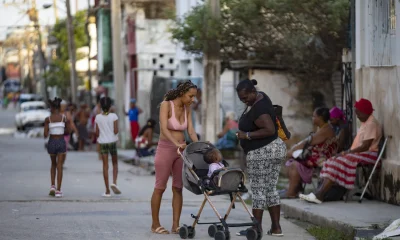
 International4 days ago
International4 days agoCuba confirms 76 femicide cases in 2024, among highest rates in region
-
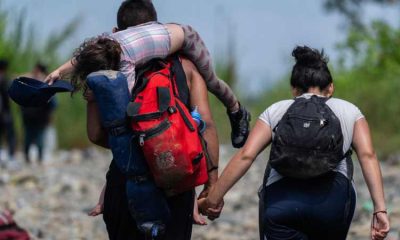
 Central America4 days ago
Central America4 days agoIllegal crossings at U.S.-Mexico border plunge 92% in historic shift
-
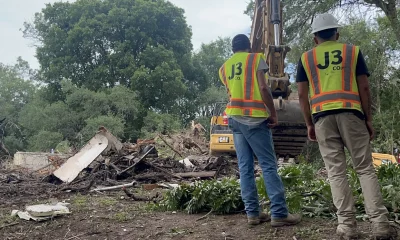
 International4 days ago
International4 days agoU.S. thanks Mexico for sending rescue teams after deadly Texas floods
-
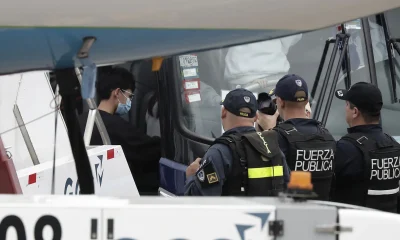
 Central America4 days ago
Central America4 days agoCosta Rica extends humanitarian status and grants work permits to stranded migrants
-

 Central America3 days ago
Central America3 days agoDengue crisis in Panama: co-circulating serotypes fuel rise in fatal cases
-
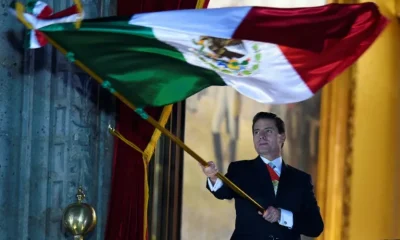
 International4 days ago
International4 days agoMexico launches probe into alleged $25 million bribe to ex-president Peña Nieto
-

 International3 days ago
International3 days agoICE set to become America’s largest security force under Trump’s $75B immigration overhaul
-
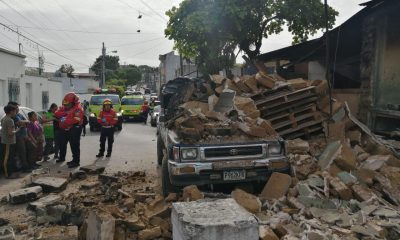
 Central America2 days ago
Central America2 days agoGuatemala hit by over 300 quakes; death toll rises to seven
-

 International3 days ago
International3 days agoHarvard faces Federal pressure over immigration docs, autonomy dispute intensifies
-

 International4 days ago
International4 days agoTrump and Bondi slam Epstein inquiry amid Texas flood tragedy
-

 Central America2 days ago
Central America2 days agoU.S. revokes visas of top Costa Rican lawmakers and constitutional judge
-
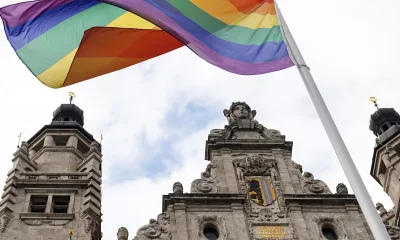
 International2 days ago
International2 days agoGerman parliament orders removal of LGBTQ+ flags amid growing controversy
-
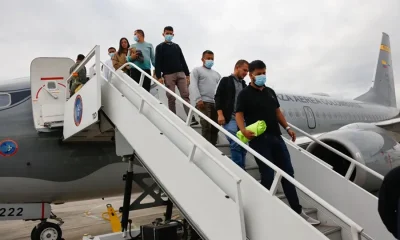
 International2 days ago
International2 days agoSheinbaum slams ICE raids after 355 mexicans detained and 67,000 repatriated
-
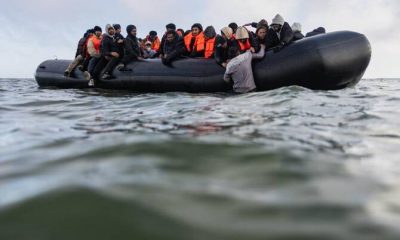
 International2 days ago
International2 days agoUK and France seal innovative migrant exchange deal to curb channel crossings
-
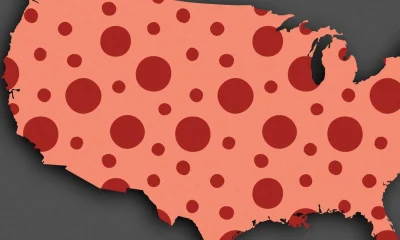
 International2 days ago
International2 days agoCDC reports record measles outbreaks in 39 U.S. jurisdictions this year
-
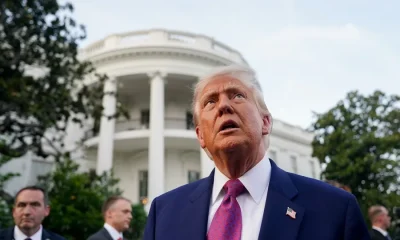
 International2 days ago
International2 days agoFederal judge halts Trump’s order to end birthright citizenship
-

 International2 days ago
International2 days agoTrump defends Bolsonaro, hints at talks with Brazil after tariff warning
-

 International2 days ago
International2 days agoUkraine gains $10 billion in commitments during Rome Recovery Forum
-
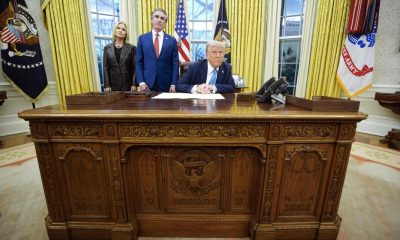
 International2 days ago
International2 days agoTrump administration begins downsizing ‘bloated’ state department workforce
-
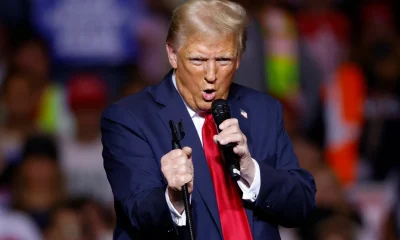
 International2 days ago
International2 days agoSix agents penalized for conduct failures in July 2024 attack on Donald Trump
-
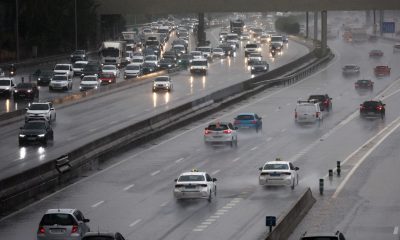
 International3 hours ago
International3 hours agoTwo missing after torrential rains cause flooding in Catalonia
-
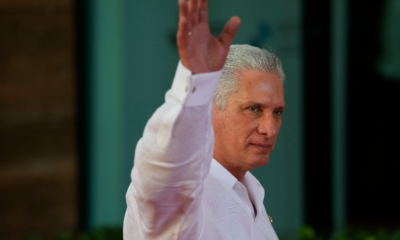
 International2 hours ago
International2 hours agoU.S. sanctions cuban president Díaz-Canel over regime crackdown on protesters



















